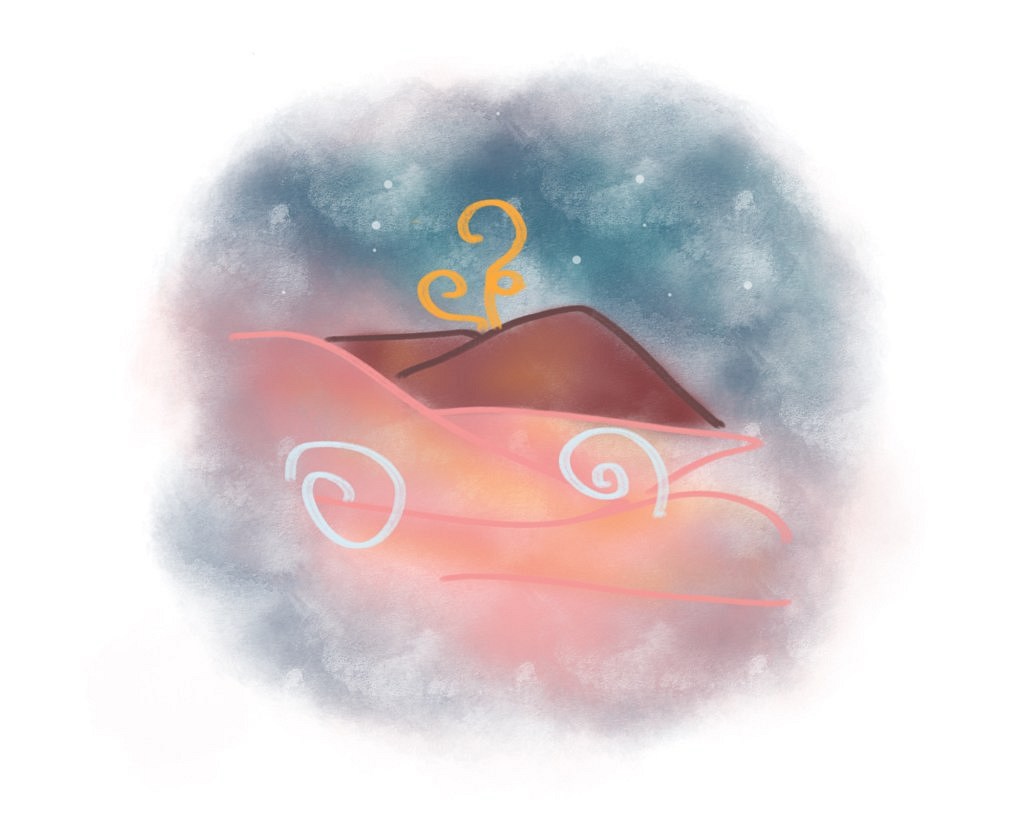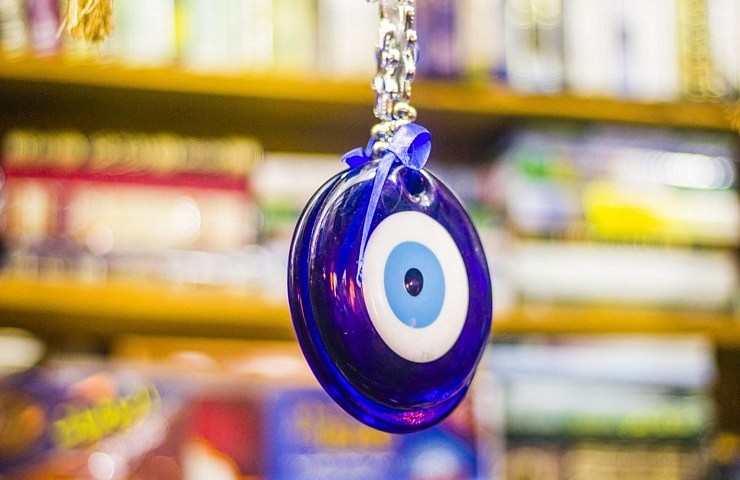As a Muslim with Pakistani-Indian roots, I have grown up with hearing stories and tales about the existence of an unseen being called a “jinn” or “djinn”. From a religious perspective, these jinn are referred to in the Quran. Yet on a cultural level, they’ve become woven into Middle Eastern and South Asian folklore and superstitions. Some believe in their existence and others don’t. I most definitely do, credits to my very superstitious mother.
Nonetheless, Jinns as a being have an interesting backstory, and there are quite few tales about them that will either leave you in awe, or spook you into sleeping with your lights on at night.
So, what are the Jinn?
They are basically an unseen, invisible being with powers and the innate ability to be good or bad, according to Islamic traditions. In terms of the Quran, they were made of a fire substance, which leads me to a fun fact: Satan was originally of the Jinn from a Muslim perspective. Jinns live parallel to our world and dimensions as well, and are said to also occupy human spaces. They have the ability to take a physical “seen” form of different living beings as well.
The stories of Jinns go way back to even pre-biblical times. For instance, during the prophethood of Sulaiman (Solomon from the Bible), a Jinn was responsible for bringing the throne of the Queen of Sheba in the blink of an eye, according to Quranic tradition.
Kingdoms and Communities
In Middle Eastern and South Asian folklore, there have been stories of Jinns and their kingdoms; a reflection of the power they seem to hold. A rather informative Twitter thread by Ali A Olomi, an assistant professor and writer on Middle Eastern and Islamic studies, has a whole list of these kingdoms and places inhabited by Jinn communities. Ranging from old ruins, caves, mountains, valleys and ancient cities all the way from Yemen to Afghanistan, are stories of Jinns and their mystical societies. Some of these jinns have surreal characteristics to them like wings and bodies of colors, and they are said to reside in palaces and abodes made up of precious stones and metals. As per tradition, some jinns even have the power to control water and earth elements as well.

Spooky Activities
It might appear that there are jinns who are ethereal and full of positive wonders, but there have also been countless stories on bad spirits as well. Some cultures say that some jinns have a tendency to occupy spaces like abandoned buildings and dark alleyways, and even the shadows beneath trees. Other traditions state these beings can have an affinity for spaces in homes and public places as well, and their presence can be known by a range of paranormal activity. Some of these factors are a random change of temperature and lighting, moving of items, and even scaring human beings as well by either appearing in various forms or to the extent of “possessing” them. People say that some jinns typically leave human beings alone unless they are disturbing their peace and presence, but others claim that some beings have it in their nature to spook out mankind as well.
In Middle Eastern and South Asian cultures, the evil eye protection symbol for nazar the prevalence of religious Quranic script on jewelry and up on walls are believed to be a means to keep humans protected and bad spirits away.

Some of the most common jinn stories consist of these spooky happenings.
- I’ve heard countless stories of people falling asleep or waking up, and seeing a creepy figure in their field of vision while being unable to speak or scream out of fear. Maybe it’s sleep paralysis, but this is a common phenomena attributed to jinns in my cultural background.
- Spirit possession is another; where human beings suddenly have a voice that’s not their own and start performing actions outside of their control.
- Hearing footsteps, random knocking, sudden warm or cold spots—especially when moving into new homes— are also common parts of spooky jinn stories as well.
- A rather “out there” jinn story I’ve ever heard was that a man in Pakistan claimed to be married to one of these beings, and after having upset her, he was haunted by her presence for the rest of his life.
Whether or not you believe in jinns, they are a big cultural component for stories and religion throughout the Middle East and South Asia.
Featured image is of an evil eye/nazar protection charm from a bazaar in Iraq, by Ambarina Zenab. Check out her photo and illustration work on Instagram.





Recent Comments